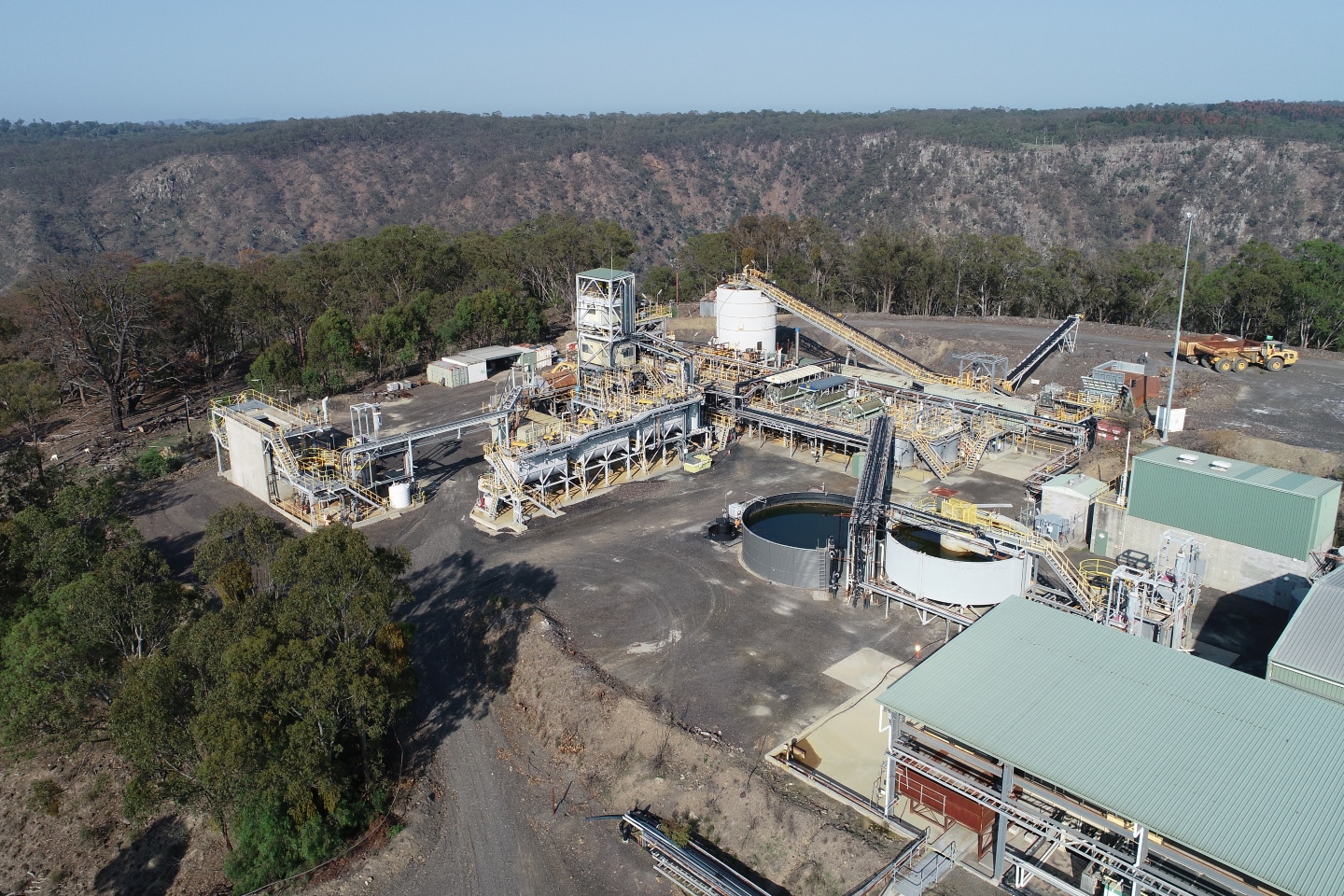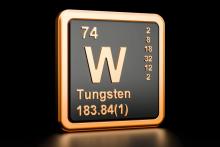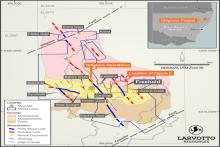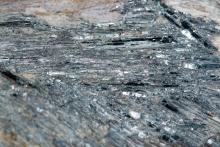Larvotto Resources has fired the starting gun on an upgrade at its Hillgrove processing plant to 525,000tpa, after inking a project delivery contract. The deal locks in scope, governance and timelines for the work, with early works already underway. Commissioning is targeted for late 2026, at which point the company expects to play a starring role as a key Western supplier of strategic metal antimony, with gold providing an extra kicker.


ASX-listed Larvotto Resources has taken a decisive step towards production at its flagship Hillgrove antimony-gold project in New South Wales after signing a major contract to deliver a significant processing plant upgrade.
The scope of the contract with seasoned plant builder, MACA-Interquip-Mintrex (MIQM), covers the full design, engineering, procurement and construction management (EPCM) required to refurbish and upgrade the plant to a 525,000 tonne-per-annum throughput.
Key additions will include a modern ultra-fine grinding circuit and a filtered (dry) tailings circuit.
MIQM is already on the ground and ramping up, with boots on the ground set to swell to about 60 people in the coming months to keep the upgrade moving at pace. Initial works have focused on upgrading the secondary crushing and tailings filtration areas as well as critical maintenance.
The company says one of the early milestones has been the successful repair of the main transformer, which had been out of action since January 2023. The fix has restored grid power to site, eliminating reliance on costly temporary generation and providing a stable, higher-capacity power supply to support both construction and commissioning.
Larvotto Resources managing director Ron Heeks said: “While early-works to upgrade the Hillgrove processing plant are underway, executing the EPCM contract with MIQM locks in scope, governance and a firm schedule to deliver a safe re-start on time and budget. At the same time, our ongoing exploration provides significant upside potential to build resources and mine life, ensuring Hillgrove is a long-term supplier of critical minerals.”
On site, Larvotto is clearing out old equipment, doing earthworks and getting ready for the arrival of key new gear. All the long-lead items have been ordered, with the workforce now coming together and growing fast.
Senior staff based in Armidale are working with HR to recruit the rest of the operations crew ahead of an expected upgraded plant commissioning in late 2026.
Antimony is a critical mineral used in flame retardants, ammunition and emerging grid storage technologies. The West makes up a tiny part of global production with supply alarmingly limited, particularly after China’s export ban of the silvery-grey metal 12 months ago, giving Larvotto strategic importance as governments scramble to shore up supply chains.
When the mine does finally restart, the company says it will be able to supply around seven per cent of global antimony requirements from Hillgrove - increasing western production of antimony by almost 30 per cent at the same time.
Hillgrove hosts a reserve of 606,000 ounces at 6 grams per tonne (g/t) gold equivalent, backed by more than $150 million worth of existing processing infrastructure and is aiming to produce about 40,500 ounces of gold and 4,878 tonnes of antimony each year once the upgrade plant is up and running.
A definitive feasibility study released in May painted a glowing picture for Hillgrove confirming it as a technically strong, high-margin operation with serious financial clout.
The numbers were eye-catching. The study outlined a post-tax net present value (NPV) of $694 million using an 8 discount rate, annual EBITDA of $251 million and free cash flow of $128 million a year over an 8.2-year mine life. Those figures were based on conservative prices of US$2850 (A$4301) per ounce for gold and US$41,000 (A$62,000) per tonne for antimony.
However, when the company updated the model to reflect spot prices of US$3500 (A$5300) for gold and US$60,000 (A$92,000) for antimony as at the date of the study in May, the numbers jumped dramatically. NPV surges to a whopping $1.269 billion, EBITDA climbs to $354 million a year and free cash flow hits $198 million a year.
One of Hillgrove’s biggest advantages is its exceptionally low cost base. The study revealed an almost unheard-of negative all-in sustaining cost of $1367 per gold-equivalent ounce, driven by strong antimony credits that more than cover the cost of gold production. At spot prices this gets even better.
In an industry crowded with marginal operations, Hillgrove is shaping up as the kind of low-cost, high-return project every miner hopes for.
The company it is also keeping one eye on the future, with ongoing exploration programs aimed at growing resources and extending mine life beyond the initial production horizon. Management says this dual strategy ensures Hillgrove will not just be a fast-start producer, but also a long-term supplier of critical minerals to global markets.
With the EPCM contract now inked, crews mobilised, power restored and commissioning on the horizon, Larvotto has ticked a major box on its development timeline. If it can keep the upgrade on schedule, the Hillgrove plant could soon be humming once again – this time as a strategic antimony powerhouse with a golden kicker.
It is hard to believe that only two years ago the Ron Heeks led Larvotto - with a market capitalisation of $441 million - pretty much stole Hillgrove from the Administrators for just $3m plus a refundable $5m environmental bond. Now that’ll make a good tale for the grandkids.
Is your ASX-listed company doing something interesting? Contact: matt.birney@businessnews.com.au













